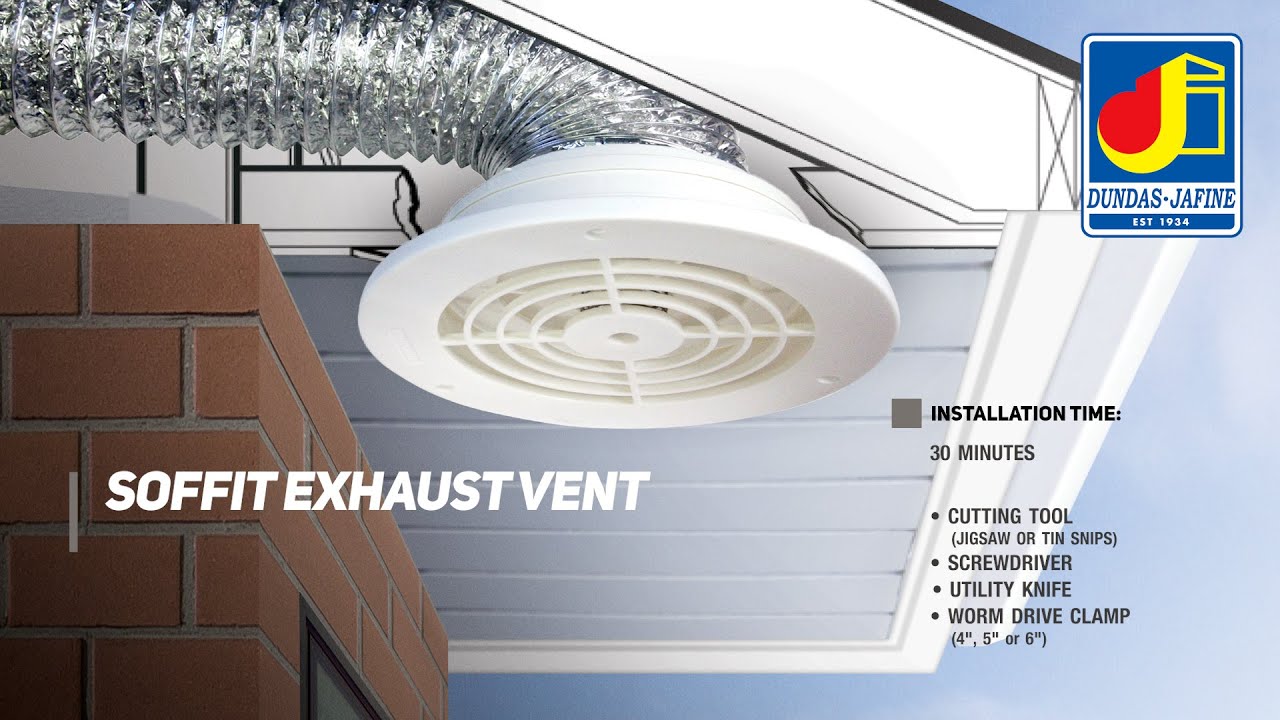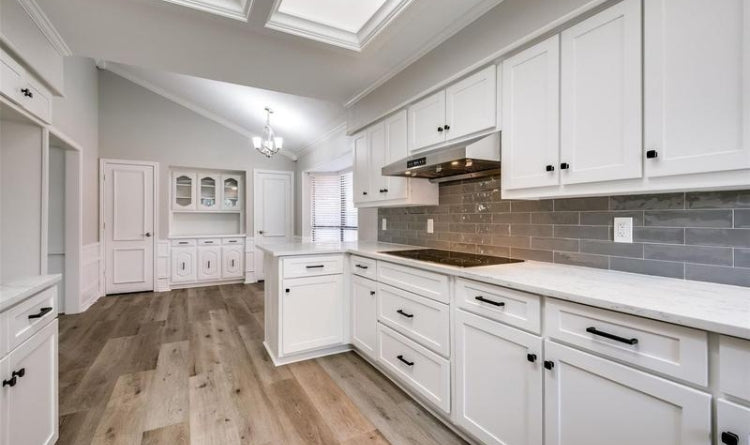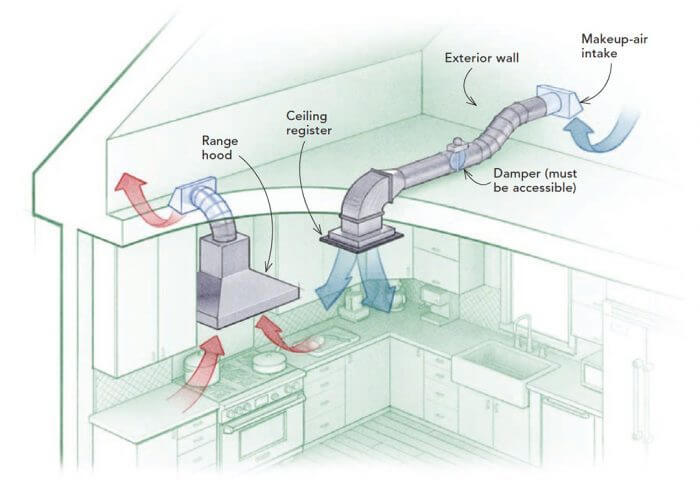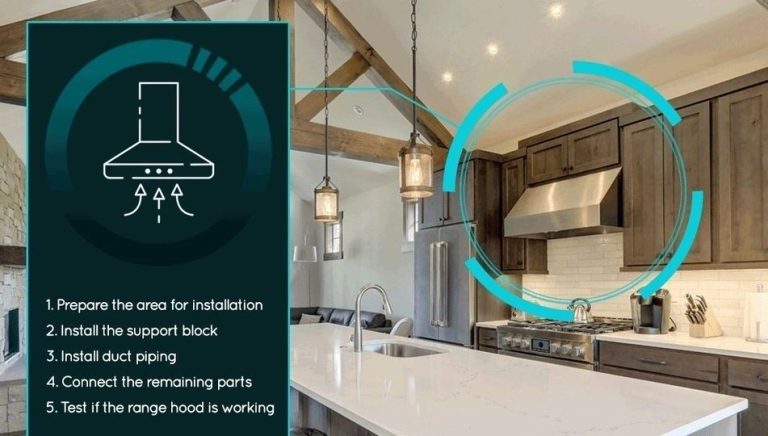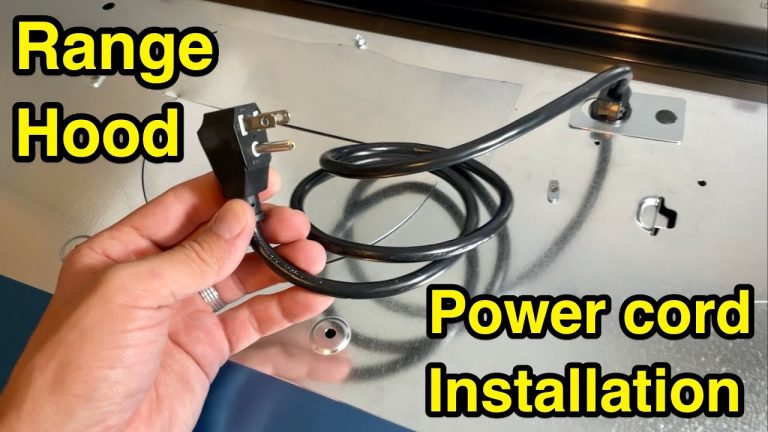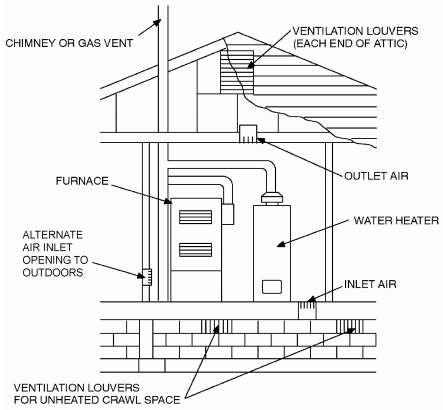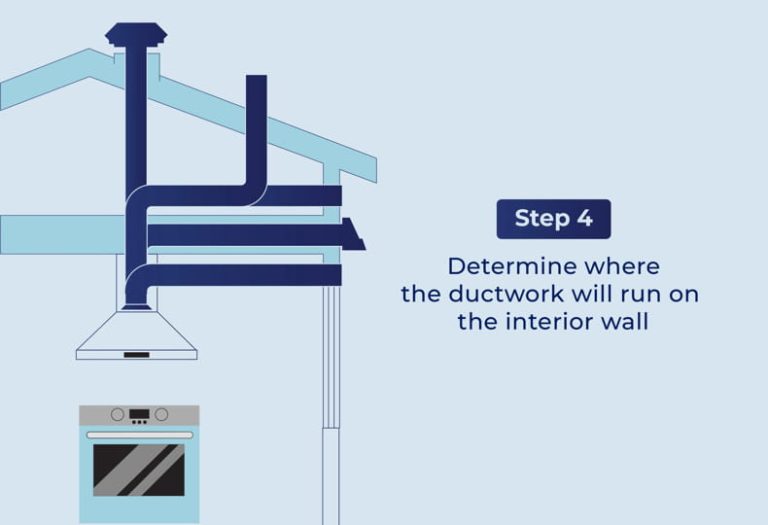To install a range hood vent through the soffit, first, cut an opening in the soffit for the vent duct. Then, connect the ductwork and secure it properly.
Installing a range hood vent through the soffit can enhance kitchen ventilation and improve air quality. Proper installation prevents smoke, grease, and odors from lingering in your home. This process requires careful planning and the right tools to ensure a secure fit.
Knowing the steps involved can simplify the task. Begin by measuring and marking your soffit for the vent opening. Then, gather your materials, including ductwork and fasteners. Following a clear guide will help you achieve a successful installation. With the right approach, you can enjoy a fresher and cleaner kitchen environment.

Credit: joneakes.com
Introduction To Range Hood Vents
Range hood vents are essential for maintaining a clean kitchen. Proper ventilation removes smoke, odors, and grease. This keeps your air fresh and your home safe.
Venting through a soffit has many benefits. It helps to direct airflow outside efficiently. This method can reduce noise levels from the range hood. It also saves space in the kitchen, making it more functional.
| Benefit | Description |
|---|---|
| Efficient Airflow | Ensures air moves outside quickly and effectively. |
| Reduced Noise | Minimizes sound from the range hood operation. |
| Space Saving | Leaves more room in your kitchen for other uses. |
Tools And Materials Needed
Gather the right tools before starting your range hood installation. Here’s a list of essential tools:
- Drill
- Screwdriver
- Measuring tape
- Level
- Utility knife
- Safety goggles
Selecting the right materials is also crucial. Use high-quality ductwork for better airflow. Choose a vent cap that fits your soffit size. Ensure the insulation is suitable for your climate. This helps maintain energy efficiency and performance.
Pre-installation Considerations
Assessing the kitchen layout is crucial before installing a range hood vent. Ensure there is enough space for the vent to fit. Take note of the cabinets and appliances nearby. This helps avoid any obstructions during installation.
Prioritize safety measures during the installation. Always turn off the power to avoid accidents. Use proper protective gear like gloves and goggles. Keep the area well-ventilated to prevent inhaling dust or fumes.
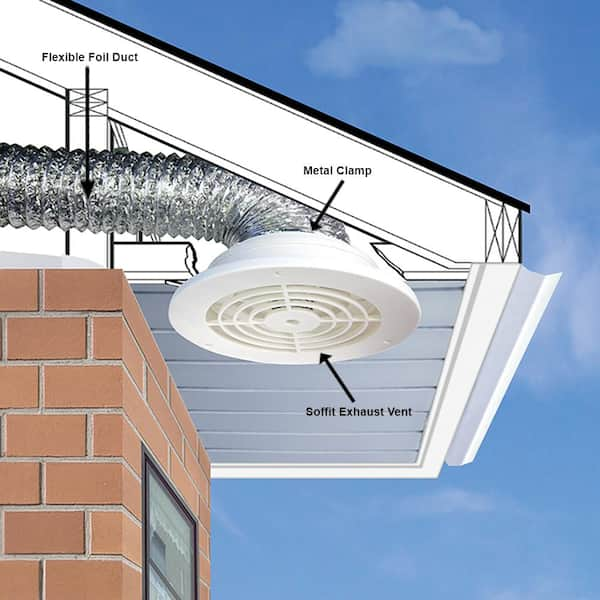
Credit: www.homedepot.com
Measuring And Planning The Vent Path
Start by choosing a location for the vent. This spot should be near the range hood and an exterior wall. Make sure it’s easy to access for future maintenance.
Next, measure the distance from the range hood to the vent exit. Use a tape measure for accuracy. Remember to account for any bends in the ductwork. Each bend can add extra length.
Keep in mind that the longer the duct, the more effort it takes for air to flow. Aim for a straight path whenever possible. A straight path helps the range hood work better.
Finally, double-check your measurements before cutting any ducts. Accurate measurements save time and materials. Always plan carefully to ensure a successful installation.
Cutting The Soffit
Start by measuring the area where the range hood will be installed. Use a pencil to mark the soffit. Ensure that your markings are straight and accurate. This will help avoid mistakes later.
Choose the right tools for cutting the soffit. A drywall saw works well for small cuts. For larger areas, use a reciprocating saw. Always wear safety goggles and gloves for protection.
Make sure to cut along the marked lines. Take your time to ensure a clean cut. This will make installation much easier. After cutting, check that the opening is the right size for the vent.

Credit: m.youtube.com
Installing The Ductwork
Start by ensuring that the ducts are aligned properly. Use metal screws to secure them in place. This helps prevent any leaks that can reduce efficiency. Wrap the joints with metal tape for extra security.
Check for any gaps in the ductwork. Use sealant to fill small spaces. This is essential for maintaining airflow and efficiency. Make sure to test the system after installation. Proper sealing leads to better performance and energy savings.
Mounting The Range Hood
Begin by aligning the range hood with the mounting brackets. Ensure the hood is level. Use a level tool to check accuracy. Secure the hood with screws.
For electrical connections, turn off the power at the circuit breaker. Connect the wires as per the manufacturer’s instructions. Use wire nuts to ensure a secure connection. Once done, turn the power back on.
Finishing Touches
Sealing the exterior vent is essential for a proper installation. Start by applying weatherproof sealant around the edges. Make sure to cover all gaps to prevent air leaks. This step helps keep water and pests out. Let the sealant dry completely before moving on.
Testing the installation ensures everything works correctly. First, turn on the range hood to check for airflow. Feel for air coming out of the vent. Listen for any strange noises. If everything is quiet and smooth, the installation is a success. Regular checks will help maintain its performance.
Maintenance Tips
Regular cleaning of your range hood is essential for efficiency. Dust and grease build up over time. Clean the filters every month to ensure good airflow. Use warm, soapy water for the best results. Wipe the exterior with a gentle cleaner. Avoid harsh chemicals that can damage surfaces.
Know when to seek professional help. If you notice strange noises, it may indicate a problem. A professional can assess and fix issues quickly. Regular maintenance checks can prevent costly repairs later. Trust experts for complex issues beyond simple cleaning.
Common Mistakes To Avoid
Incorrect measurements can lead to many problems. Always double-check your dimensions before cutting. A small mistake can cause big issues. Make sure to measure both the vent and the space where it will fit.
Improper sealing techniques can create gaps. These gaps allow air to escape, which reduces efficiency. Use high-quality sealant to ensure a tight fit. Pay attention to all joints and connections. This helps maintain proper airflow and prevents leaks.
Troubleshooting
Airflow issues can affect the efficiency of your range hood. Check the duct size to ensure it matches the fan’s specifications. Inspect for any obstructions in the ductwork that may block airflow. Proper sealing of joints can also help maintain airflow.
Noise problems can be annoying. Use soundproofing materials around the range hood to reduce noise. Ensure the hood is mounted securely to prevent vibrations. Regular maintenance can also help keep noise levels low.
Frequently Asked Questions
How Do I Vent A Range Hood Through Soffit?
To vent a range hood through a soffit, first, ensure local codes permit this installation. Measure and cut a hole in the soffit for the duct. Connect the duct to the range hood and secure it in place. Finally, seal all joints to prevent leaks and maintain efficiency.
What Materials Do I Need For Installation?
You will need a range hood, ductwork, clamps, and screws. Additionally, gather a soffit vent cover, insulation tape, and a drill. A measuring tape and level are also helpful to ensure precise installation. Always choose high-quality materials to ensure durability and effectiveness.
Can I Install A Range Hood Myself?
Yes, you can install a range hood yourself. However, it’s important to have some basic carpentry and electrical skills. Follow manufacturer instructions closely and ensure safety measures are in place. If uncertain, consulting a professional can save time and prevent mistakes.
What Are Common Mistakes During Installation?
Common mistakes include improper duct size and inadequate sealing. Failing to check local codes can lead to compliance issues. Skipping insulation can cause condensation problems. Additionally, not leveling the range hood may affect its performance. Always double-check measurements and follow guidelines for best results.
Conclusion
Installing a range hood vent through the soffit can significantly improve your kitchen’s air quality. Following the steps outlined ensures a successful installation. A well-ventilated kitchen enhances cooking experiences and reduces odors. Take your time and prioritize safety for the best results.
Enjoy your newly improved kitchen environment!
